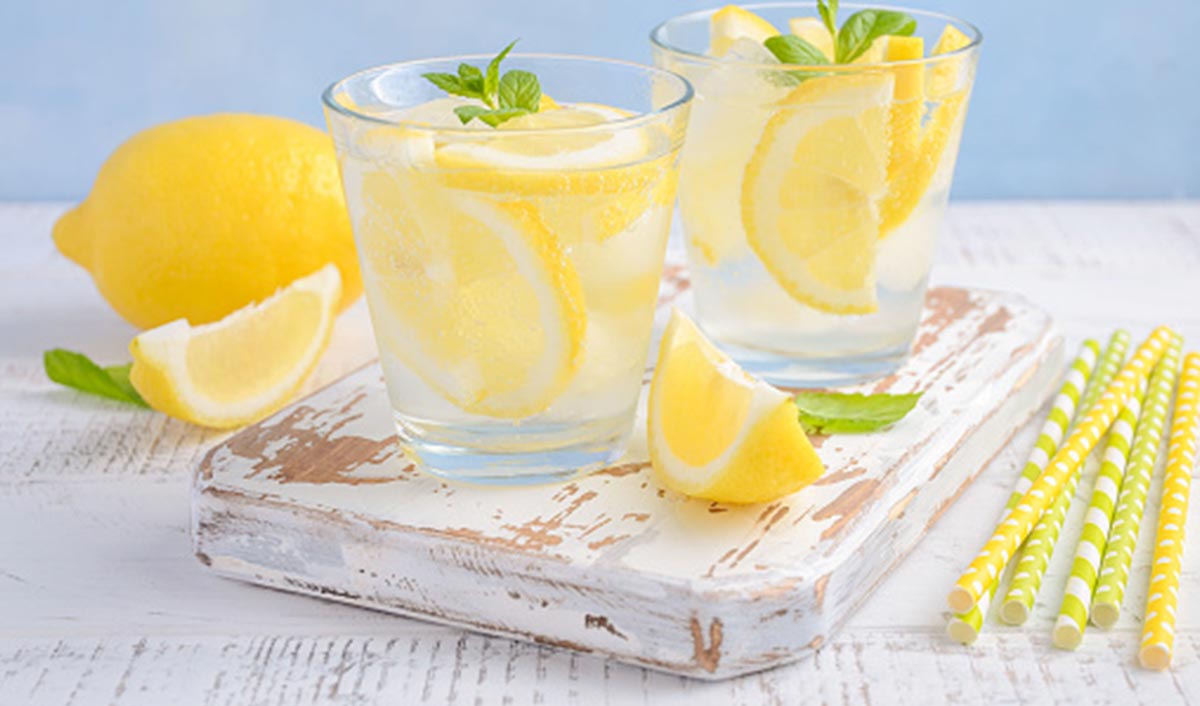
A trend that particularly picked up in the UK from 2016 onwards, tonic water is making inroads to India. However, it was only around 2019 that the premium gin and tonic market saw an uptick in India. Indian consumers were willing to pay a higher premium and wanting to experiment with a wider variety of gins. About 70% of the time when a consumer is having gin, it is with tonic water. Since the market of gin is growing, so is the tonic water market. Additionally, consumers are now even caring about the TONIC that goes with their GIN. Adult consumers are more and more conscious of their calorie intake even while drinking, and want to engage with quality and premium tonic water brands. This has led to robust growth in the tonic water segment.
Growing Gin Market: Even though the white spirits consumption (including for gin) in India is less than 5% of the total alcohol market, India is still the 5th largest market for gin in the world. The premium gin market in India is expected to grow at 11.1% CAGR between 2020-2025. Globally, gin as a category was the second fastest growing spirits segment in 2019 after non‐alcoholic spirits.
Adults in metro cities in the age bracket of 30-45 years over index on gin and tonic consumption. The general feedback for the popularity of gin as a spirit is because of the emergence of various craft premium gin brands now present in the Indian market and the variety of flavours/botanicals possible with gins. There is also a general perception that gins are lower in calories and healthier comparatively.
Premiumization of Tonics: As consumers’ preferences become more evolved, the greater the demand for premium offerings and variety in flavours. With consumers getting access to premium quality gins with exquisite botanicals and unique flavour combinations, they also want to move away from the typical overly-sweet tonic water that overpowers their drinks. They want tonics that enhance their gins instead, while being low in sugar and calories. Hence the premium tonic water market has emerged.
“When you walked into a modern retail store in 2018 in an Indian metro city, you primarily found 1 option – a canned tonic water priced at ~INR 50 containing as much sugar as any soft drink. Today if you walk into the same store, you will likely see a full section of 4+ premium tonic water brands, available across a variety of exotic flavours, low calorie/sugar content, and priced upward of INR 80 for a 200-250ml glass bottle. The category and consumer preferences have rapidly evolved in just the past 2 years.”
In the UK where the tonic water category is more evolved than in India, the premium tonic water segment contributes to a massive 43% share by value of the total tonic water market. In India however, we estimate that the contribution of premium tonic in the total tonic water market is just ~10%. This shows the near future growth potential of quality and premium tonic water brands in India.
The total mixer market in India is expected to grow at a CAGR of 9% between 2022 and 2025, while the premium tonic water segment is expected to grow at a CAGR of 15% during the same period.
Popularity of low calorie/sugar tonic water: Today’s consumers are caring about the tonic that goes with their gins, and more and more people are wanting to prefer brands that do not contain artificial preservatives, sweeteners, or colours. Consumers are also increasingly aware of the waste-potential and non-biodegradable nature of PET bottles and want to purchase environmentally friendly products if given a choice. Younger adult consumers want to associate with authentic brands that strike an emotional cord with them and share similar values & beliefs.
We worked intensely on finalizing the tonic recipes that would appeal to the Indian palate, and on creating a contemporary brand positioning. Regular tonic water typically contains as much sugar as soft drinks, which is 8-9 gms per 100ml. Such a high dosage of sugar is added to mask the bitterness of quinine. However, PEER wanted to create a tonic that has superior taste but without the extra sugar and calories. This is one reason why it took PEER 1.5 years, 20+ blind tasting focus group sessions, and numerous ingredient combinations to perfect the flavour profiles while containing 50% less sugar than other mainstream tonics. PEER has gone a step further and even created a zero sugar and zero-calorie tonic variant for the health-conscious consumers.
Copyright © 2009 - 2024 Restaurant India.









